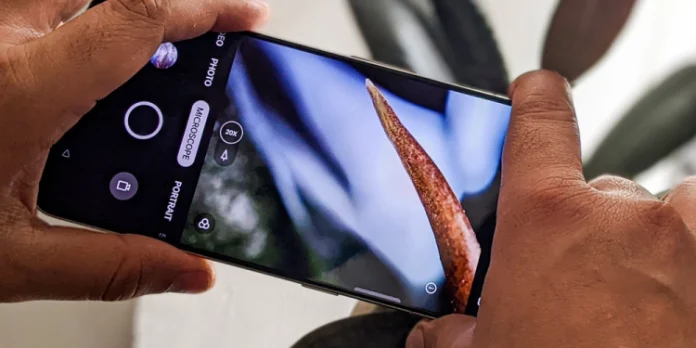Researchers from the Singapore-MIT Alliance for Research and Technology (SMART) have created a silicon LED that can transform the camera of a mobile phone into a high-resolution microscope.
This silicon LED offers comparable light intensity to larger LEDs and was utilized in the world’s smallest holographic microscope developed by the team. The microscope has various potential applications.
To reconstruct objects captured by the holographic microscope, the researchers also developed a neural networking algorithm. Neural networks, inspired by the signaling between neurons in the human brain, are a type of machine learning.
This advancement eliminates the need for bulky traditional microscopes, allowing the all-in-one chip to observe microscopic entities like microorganisms and tissue cells. The innovation opens up possibilities for progress in photonics, which involves the study and technological utilization of light.
Overcoming the challenge of creating a powerful on-chip emitter smaller than a micrometer has been a significant breakthrough in the field, as stated in the press release.
Previously, researchers encountered difficulties in integrating such on-chip emitters into standard complementary metal-oxide-semiconductor (CMOS) platforms, which are widely used in semiconductor technology, including in the cameras of mobile phones.
The researchers believe that this combination of CMOS micro-LEDs and their newly developed neural network could find applications in other areas such as live-cell tracking or spectroscopic imaging of biological tissues.


